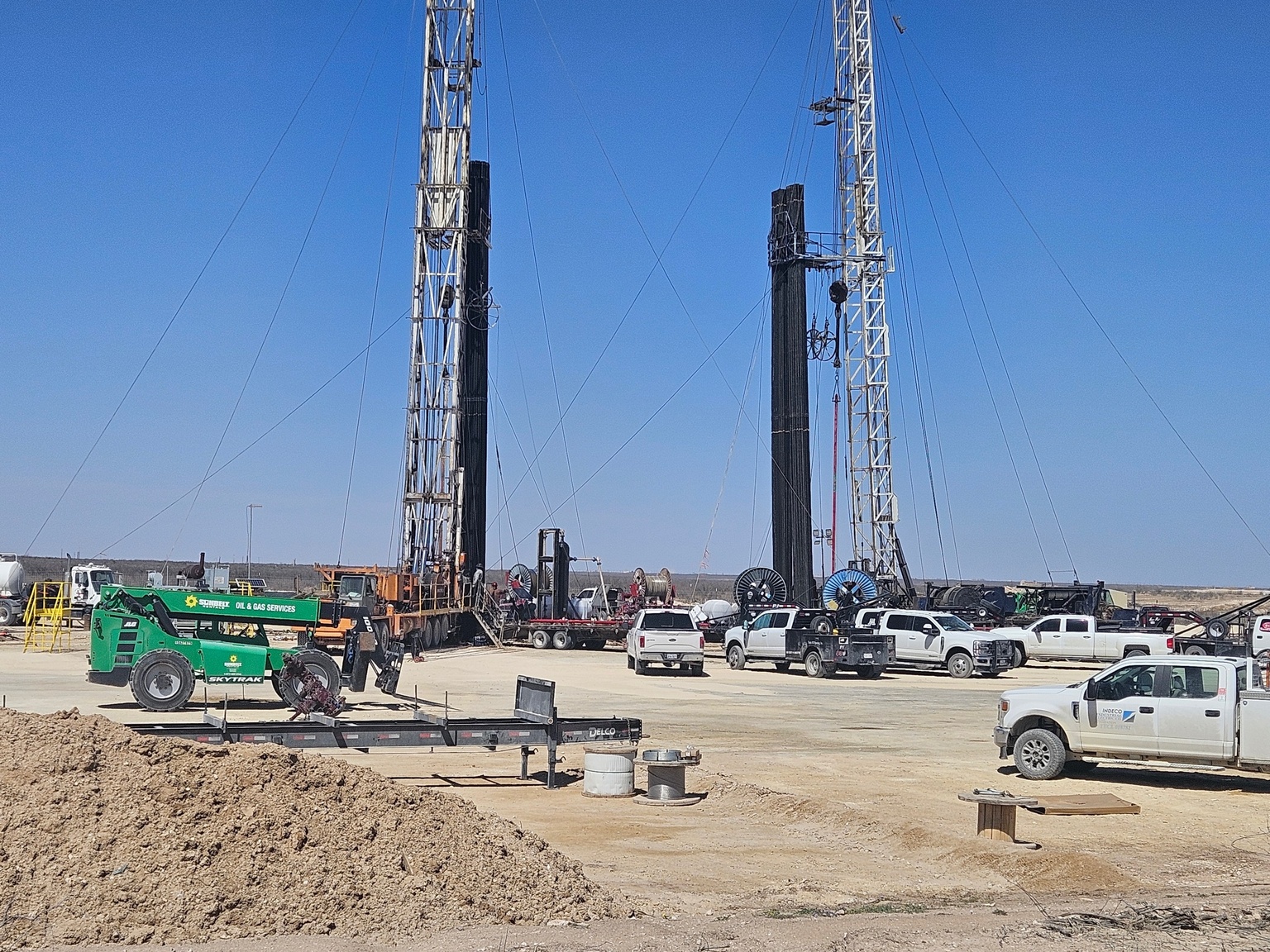As we enter April, the oil and gas market continues to be influenced by geopolitical developments, ongoing trade tensions, and fluctuating supply-demand dynamics. The recent rise in crude prices, driven by concerns over supply disruptions due to U.S. sanctions and trade tariffs, has highlighted the delicate balance operators in the Permian Basin must maintain between capitalizing on market opportunities and managing operational risks.
Crude Oil Price Trends and Geopolitical Tensions
Crude oil prices saw a modest recovery through March, with WTI crude settling at $69.92 per barrel and Brent crude at $74.03. The rally from the March 5 low of $65.22 can be attributed to both supply concerns regarding Canadian, Mexican, and Venezuelan crude and a technical bounce in the market after a period of oversold conditions. Despite these gains, concerns about potential U.S. tariffs on oil imports and the ongoing trade war are creating volatility in pricing.
In the U.S., crude oil inventories saw a 2.3 million barrel draw in late February, suggesting robust domestic demand. However, this was offset by a significant 3.9 million barrel increase in distillate fuels, an indicator that refinery capacity is ramping up. This ongoing increase in refinery activity has supported oil prices, but the looming impact of potential tariffs on suppliers like Canada and Venezuela remains a significant risk.
Takeaway for West Texas Operators: For companies in the oilfield services sector, these price fluctuations underscore the need for flexibility and cost efficiency in responding to shifting demand. As the market remains volatile, service providers should focus on maintaining operational efficiency through advanced technologies and predictive maintenance to maximize uptime and reduce costs for their clients, especially during periods of price uncertainty.
Supply and Demand Dynamics
The EIA reports that U.S. crude production remains strong, estimated at 13.5 million barrels per day (bpd). However, refining activity is seeing its own shifts, with refiners running at 86.5% capacity, up slightly from the previous week. Despite growing demand for gasoline, U.S. refinery margins remain below last year’s levels, indicating that refineries may not increase production at the pace some expect, particularly with tariff-related supply disruptions.
As OPEC+ begins to implement production increases in April, there is uncertainty over how these moves will impact global oil prices, especially with President Trump’s ongoing push for lower oil prices and the potential for sanctions on countries like Iran and Venezuela.
What This Means for West Texas: The Permian Basin remains at the forefront of U.S. oil production growth, but global supply disruptions, particularly regarding Venezuelan and Iranian oil, may create competitive opportunities in the region. West Texas service providers should look for ways to optimize their inventory management and streamline material-intensive operations to help navigate any potential supply chain disruptions.
BP’s Strategy and Industry Shifts
BP’s recent strategy reset, which includes a renewed focus on oil and gas production, signals a broader trend in the industry. BP’s commitment to increasing oil output to up to 2.5 million bpd by 2030, combined with a reduced focus on renewable energy, suggests that major oil players are recalibrating their energy transition strategies. This pivot back to fossil fuels highlights the market’s recognition of the ongoing importance of traditional energy sources in a world increasingly focused on supply security.
Implications for West Texas: The shift in BP’s strategy emphasizes the continued centrality of high-producing basins like the Permian in meeting global energy demands. For service providers in West Texas, this presents opportunities to enhance technological capabilities and support larger-scale production in line with BP’s plans and similar industry shifts. Additionally, as major companies push for more cost-efficient and sustainable operations, service providers that embrace ESG practices (hybrid rigs) and advanced technologies will have a distinct competitive advantage.
Looking Ahead: April Outlook
As we move further into the year, several key factors will drive the direction of the oil and gas industry:
- Market Volatility: Ongoing trade tensions, particularly around tariffs and sanctions, will keep oil prices fluctuating. The geopolitical risks associated with U.S.-China, U.S.-Canada, and U.S.-Venezuela trade relationships will require operators to stay nimble in their decision-making processes.
- Production Shifts: With OPEC+ set to increase production in April, global supply may see an uptick. However, the impact of these increases may be tempered by sanctions and tariffs, which will likely keep the market on edge.
- Refining Dynamics: With refining margins still under pressure, operators should be mindful of shifts in refinery demand and the potential impacts on crude inventory and production.
Final Thoughts
The oil and gas market in April remains shaped by uncertainty, as tariffs, supply concerns, and geopolitical tensions continue to weigh on pricing and market forecasts. For operators in the Permian Basin, these challenges present both risks and opportunities. Success will depend on staying agile, leveraging technological advancements, and positioning for long-term growth despite short-term volatility.
Stay tuned for next month’s update as we continue to track developments and provide insights on the oil and gas industry’s evolving landscape.



